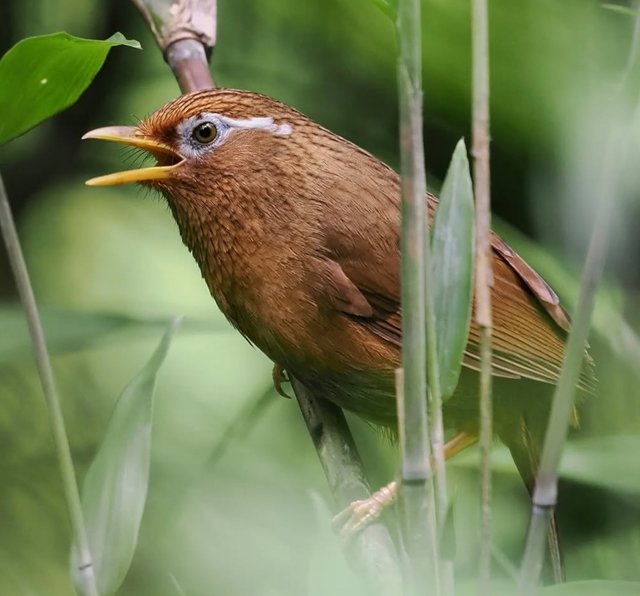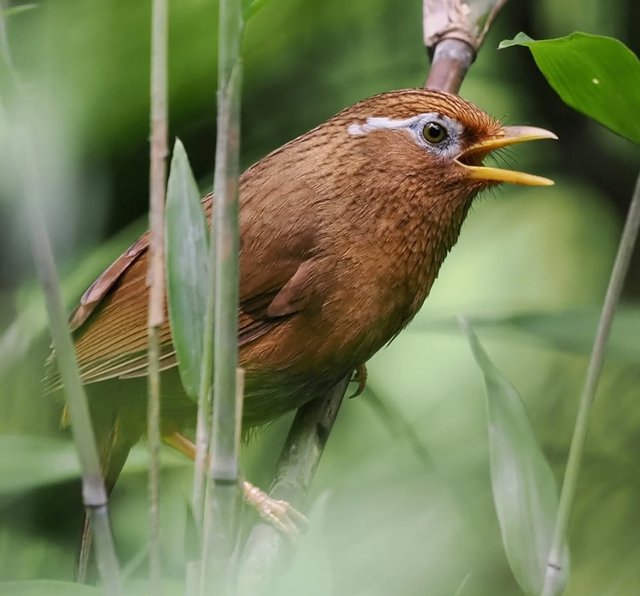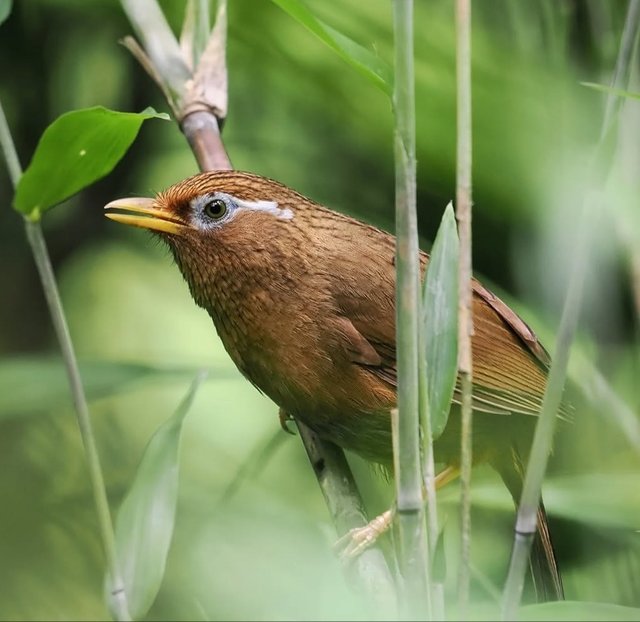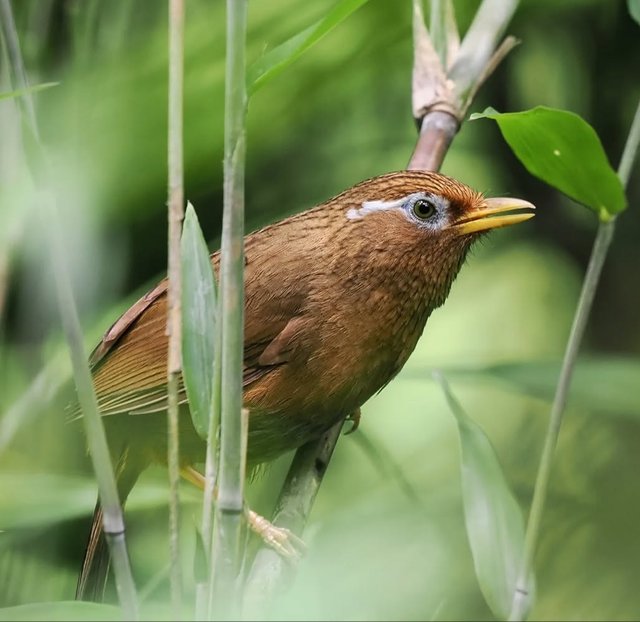Chinese Hwamei Bird So Cute
The Chinese hwamei, also known as the melodious laughingthrush, is a striking songbird revered for its exquisite vocal abilities and charming demeanor. Native to East Asia, particularly China and northern Vietnam, this bird has long held a place of cultural and ecological importance. Its name “hwamei” means “painted eyebrow” in Chinese, a poetic reference to the elegant white stripe that sweeps behind its eye, giving the bird a distinctive and expressive appearance.
Physical Description
The Chinese hwamei is a medium-sized bird, approximately 21–25 cm in length. It boasts a warm, earthy plumage, predominantly in shades of brown and chestnut, which allows it to blend seamlessly into its forested habitat. Its most distinctive feature is the white supercilium—an arched streak extending from the beak, over the eye, and back toward the neck, resembling an artistically painted eyebrow. This trait lends the bird a wise, watchful look that has contributed to its mystique in literature and folklore.
Both males and females have similar plumage, making them difficult to distinguish visually. However, it’s typically the male’s singing prowess that makes him stand out, especially during the breeding season.
Song and Behavior
What truly sets the Chinese hwamei apart is its song—a rich, fluid, melodious sequence of whistles, trills, and warbles. Its vocal performance is not only beautiful but also remarkably varied and improvisational. This has earned it great esteem among aviculturists and bird lovers, particularly in China and Southeast Asia, where hwamei singing competitions are a popular pastime.
Hwameis are territorial and solitary, especially during the breeding season. They are more often heard than seen, due to their preference for dense undergrowth and their secretive behavior. Their song is used to communicate with mates and assert territorial boundaries, and it is often delivered from concealed perches within shrubs or low trees.




%20(7).jpeg)